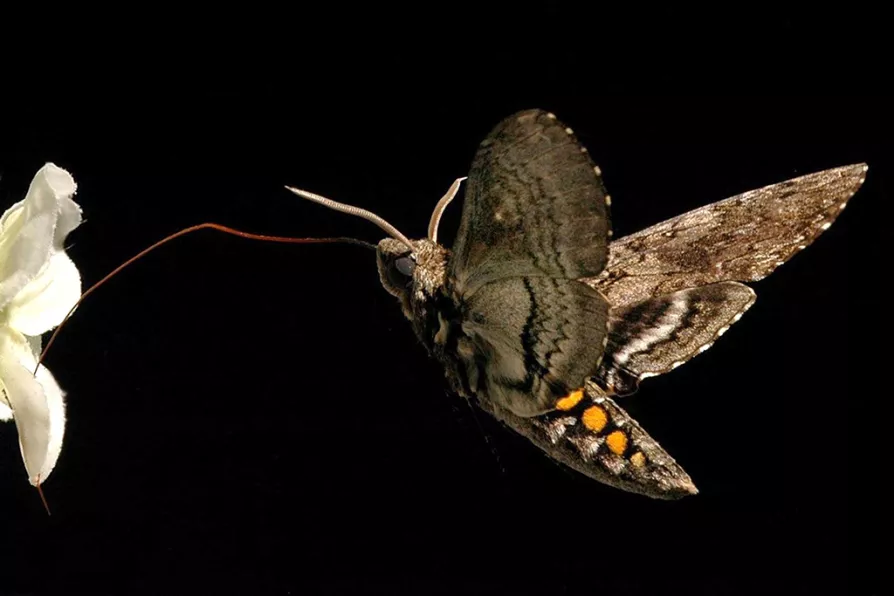Secret consultation documents finally released after the Morning Star’s two-year freedom of information battle show the Home Office misrepresented public opinion, claiming support for policies that most respondents actually strongly criticised as dangerous and unfair, writes SOLOMON HUGHES

 A Hawkmoth collecting nectar
A Hawkmoth collecting nectar
THE occurrence of household moths in Britain has seen a striking rise in recent years according to English Heritage. The anger and hatred of those who’ve survived a moth infestation is understandable, but most moths are unfairly maligned.
Unlike butterflies, which form a group of all the descendants of a single ancestor, moths are much more genetically diverse, having diverged from each other at an earlier point. There were early moths 300 million years ago, which adapted into modern moths alongside early flowers.
There are 160,000 known species of lepidoptera (moths and butterflies) worldwide, and more are still being discovered. While there are just 59 species of butterfly found in Britain, there are 2,500 known moth species, 900 of them “macro” moth species with wingspans generally longer than 2cm. Surprisingly only three moth species (all micro-moths) live indoors and cause damage to clothing and carpets.

A maverick’s self-inflicted snake bites could unlock breakthrough treatments – but they also reveal deeper tensions between noble scientific curiosity and cold corporate callousness, write ROX MIDDLETON, LIAM SHAW and MIRIAM GAUNTLETT
Science has always been mixed up with money and power, but as a decorative facade for megayachts, it risks leaving reality behind altogether, write ROX MIDDLETON, LIAM SHAW and MIRIAM GAUNTLETT















